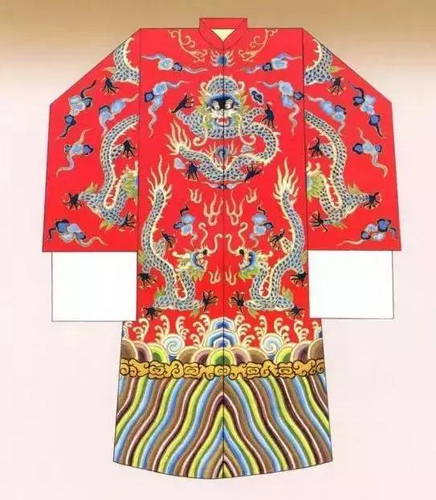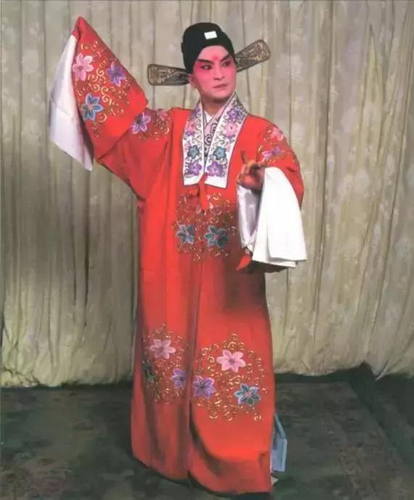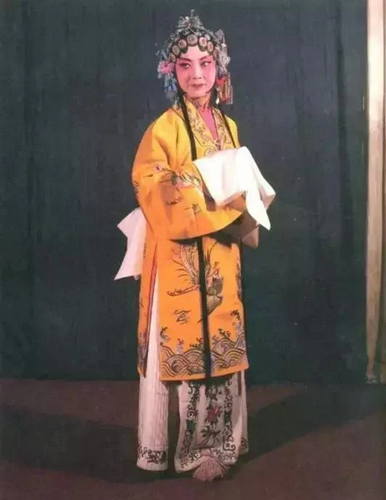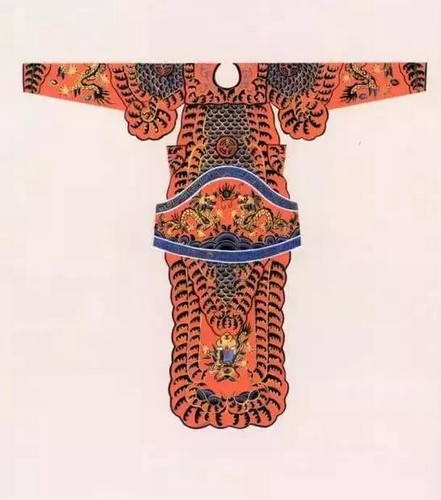Costumes
Opera costumes are an indispensable part of the performing arts. For the characters in the opera performances, they are symbols of character portrayal and play an extremely important role in the entire stage costume design. Traditional opera performance costumes and modern stage costumes both attach importance to color matching. Traditional costumes use bold and bright colors to distinguish the personality and status of the characters. They are the key elements of the entire opera costume production. There are a variety of types of traditional opera costumes with different styles. The following introduces the characteristics of opera costumes:

The costumes of opera are based on the performances of the characters in the play.

Opera art often begins with the actors’ costumes, headdresses, and facial makeup.
Traditional opera costumes are divided into four categories according to the characters: Mang (royal robe), Kao (full costume), cape, and pleat. The remaining helmets, shoes, swords, etc. are all accessories and equipment for stage performances. The production of opera costumes requires the combination of four major elements, namely pattern, style, color, and material. In the production of opera costumes, the demand for colors of opera costumes is significantly higher than the choices of styles and materials. For example, in order to better distinguish the status and importance of opera characters on the stage, opera divides colors into “upper five colors” and “lower five colors.” The upper five colors are usually of sufficient importance among the characters in opera performances. For example, among the characters created by the four major opera roles of “Sheng, Dan, Jing, and Chou,” the number of characters using the “upper five colors” is the largest.

Red male dragon robe: The most commonly used dragon robe for roles such as
emperors and officials on the opera stage.

Red female dragon robe: Dragon robe for roles such as empresses, imperial consorts, princesses, and female generals on the opera stage.

Red male shawl: Special costumes for casual wear of young civil and military officials or the wedding attire worn by grooms in the opera.

Yellow female shawl: Special costumes for queens, concubines, princesses, etc. on the opera stage.
Among these colors, red, yellow, green, white, and black respectively represent the roles and personalities of different opera characters. Red is the most frequently used color in opera costumes. For example, red is used in Mang (royal robe), Kao (full costume), cape, pleat, and clothing in performance costumes. Yellow is used on the bodies of high-ranking officials in the entire opera costumes. Different costumes play different roles, and different costume colors distinguish different personalities and statuses. These are the special characteristics endowed by opera costumes to performers.

Yellow grand armour: The battle uniform worn by military commanders on the opera
stage.

Informal dress: The casual wear in traditional opera costumes.
Top









